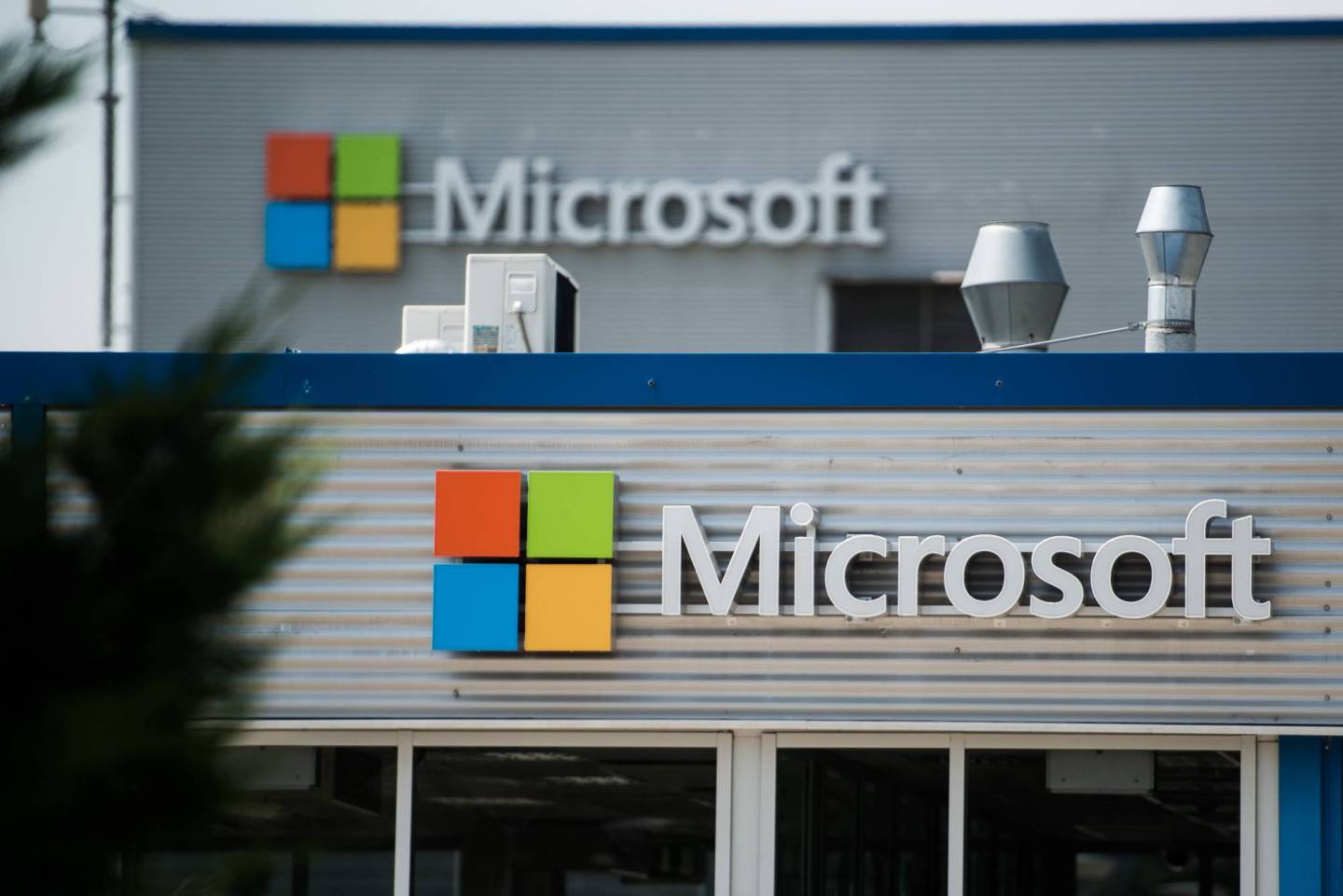The multi-billion-dollar cloud expansion by major tech players continued Tuesday with Microsoft saying that it has opened two previously announced data center “regions” in Toronto and Quebec City, Canada and that it will open two more in South Korea, one in Seoul and another near Busan. Both are slated to come online early next year.
Microsoft (MSFT) now claims Azure operates out of 24 regions, with another eight slated to come online at some undisclosed point in the future. Microsoft Azure, which runs in these data centers, competes with market leader Amazon (AMZN) Web Services in a global market for public cloud services.
The term “data center region” typically refers to a large complex of facilities that serve a given geographic locale since distance between the data center and the customer adds latency or delay to computing interactions. Microsoft offers both its Azure public cloud services and its Office 365 hosted applications from these facilities worldwide.
Get Data Sheet, Coins2Day ’s daily technology newsletter.
In the public cloud computing model, one provider amasses a huge array of servers, storage, and network capacity that it resells or rents to business customers that either want to augment or perhaps even replace their own internal IT infrastructure. Google (GOOG) Cloud Platform is another competitor in this field.
Can Microsoft Azure Follow Amazon’s Cloud Trajectory?
In January, Amazon said it had opened its South Korean region. AWS says it serves 12 regions worldwide. Most of those AWS regions comprise more than one “availability zone,” basically a separate data center facility with its own power source and other infrastructure so that it can operate independently of the others.
Note: this story was updated at 3:58 p.m. EDT on May 11 to reflect that Microsoft plans to open two data center regions in Korea and with their intended launch dates.

